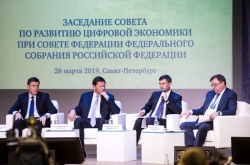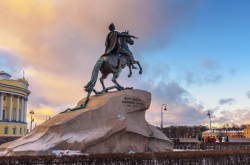Last week, the Information Society and Technology Week took place in St. Petersburg; ITMO University hosted three of its events: the 22nd united conference “Internet and Modern Society” (IMS-2019), the international conference “Digital Transformations & Global Society” (DTGS-2019), and the interdisciplinary conference “EVA 2019 Saint Petersburg” (you can read more about it here).
An open plenary discussion on data, digitized culture and digital society took place as part of the 22nd united conference “Internet and Modern Society” and the interdisciplinary conference EVA 2019. Leading experts and researchers of new media discussed the transformations that are caused by the expansion of technologies and digital culture as the key humanities’ phenomenon of the 21st century. The event’s special guest was Lev Manovich, a theoretician of new media and digital culture and a professor of Computer Science at City University of New York, the founder of the Software Studies Initiative laboratory. The expert spoke about a new research project conducted in collaboration with the University of Tyumen. The project is called Elsewhere, and aims to study the cultural heritage of the post-Soviet space with the help of Big Data.
While the key members of the project are Lev Manovich and Master’s students from the University of Tyumen, it also involves outside experts. For example, the world-renowned company Habidatum (headed by Alexei Novikov, one of the main theoreticians of Urban Studies in Russia) is responsible for data analysis, and the project’s visualization is conducted by Moritz Stefaner, a distinguished digital designer.
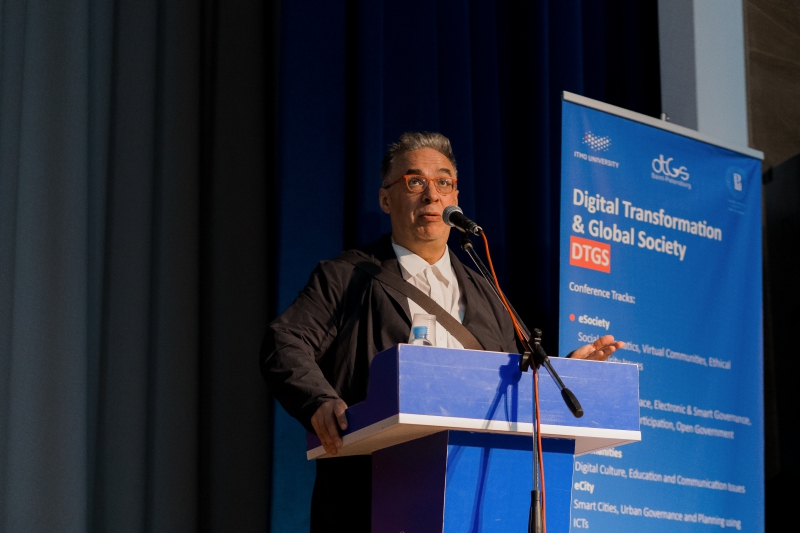
“Some 15 years ago, it was first a small group of people, and then more and more representatives of different fields (sociology, psychology, computer science and others) began to understand that new methods for studying society, culture and history were emerging, methods that make use of Big Data and Data Science, which didn't even have a name at that point. I was among those pioneers, which is why I organized my laboratory. In 2001, it was evident that many cultural actors post information about their activities on the internet in one way or another: designers publish their portfolios on Behance, and every event has a web page. Museums, professionals working in the field of culture, and universities can be among such actors. They all post information that is a mix of marketing, theory and advertising. I got the idea to create a system that accesses every website and downloads such information, analyzes and visualizes it, so that we get a map of the development of global culture,” explains Lev Manovich.
Three years ago, Lev Manovich got back to this idea, and half a year later he began working on it. According to the expert, starting from the new stage of globalization which began after 1990, the countries of Western Europe, China and Vietnam joined the global world and became part of the market system, English became the dominant language, and the global cultural space emerged (which is best represented by the internet and social networks), where fashion weeks, biennales, world fairs and other similar events take place.
“Three years ago, I understood that in 30 years, professional “manufacturers” of culture had created so much content that we could already speak about using Big Data. That is to say, such data envelops not just the activities of regular people, but also the activities of professionals in the field of culture who got the corresponding education, as well as that of platforms: creative clusters, museums, etc. I decided to get back to the idea of creating timelines that would show how global culture grows by using maps, and apply Data Science for this purpose. I approached the University of Tyumen with this project, and they offered me support,” says the expert.
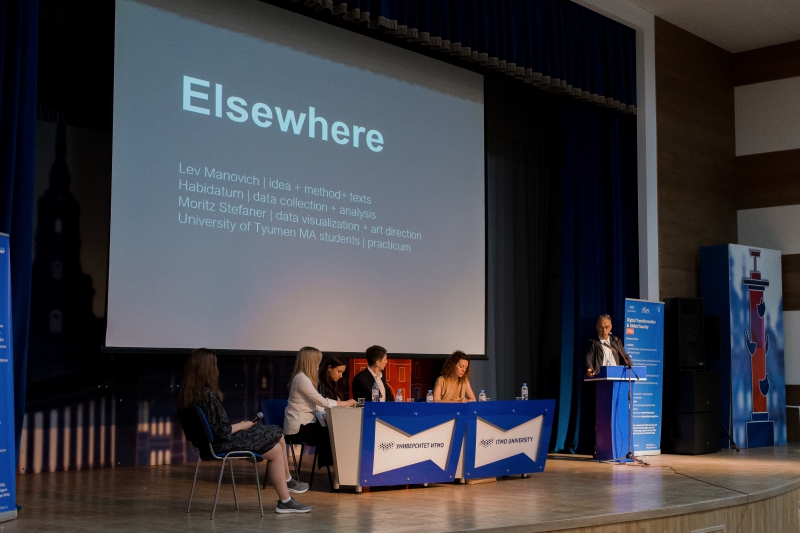
The researchers have already gathered data for the past 10-15 years from different platforms that register the conduct of various cultural events. For example, the scientists took data from the Ted platform (about 30,000 events), Behance (as of now, about 15 million people use the platform, having uploaded some 3 million projects), TimePad (320 thousand projects in 38 categories), Meetup (a platform used for organizing meetings), as well as the website of the Ministry of Culture that sponsors events (300 thousand events in seven categories) and other sources.
“We understand that we leave out some of the cultural layers and some cities: for example, in Asia, where they don’t post information about their events on English-language platforms. In all types of data, we have categories that we use to cluster it in order to be able to look at individual cultural layers and them as a whole. Events have geographical reference, a city or a country, and cities can be analyzed in more detail, on the level of neighbourhoods. What’s more, it’s important that we don’t just register the time and place that an event took place at, but also analyze the texts of the event’s advertising,” explains Lev Manovich.
The already created timelines showed a growth in the number of places that emerge on the global cultural map and the number of people who are producing cultural content, but their growth patterns are different. The reasons behind that can be explained with the help of economic hypotheses, by doing correlations with the data on the growth of cities, economic growth, etc. The researchers have also mapped the cities where events take place, and compared which of them are recorded in global sources and which left a mark on the Russian cultural field only. What’s more, some cities that are deemed by the Ministry of Culture as places where many events take place go unnoticed in the global context, while other cities that go unnoticed by the Ministry of Culture in this regard are visible on the global scale. In May, the scientists got the full volume of the associated data, and are currently analyzing it.
“In post-Soviet countries, you often witness phenomena that fall into several categories at once, attempts to do something in a way different from how it’s done in the West, where they had no technical revolution, dissolution, the turmoil of the ‘90s, where the financing has long become stabilized. Every time that I come to post-Soviet cities, I become inspired and I feel the urge to tell the world about it. Even though our project is not about Russia, I believe that it will help to persuade the world that Russia is not always provincial, and new inventions and events take place throughout the whole of the post-Soviet space, something that doesn’t happen in Berlin, Toronto or Seoul where everything is stable,” concludes Lev Manovich.
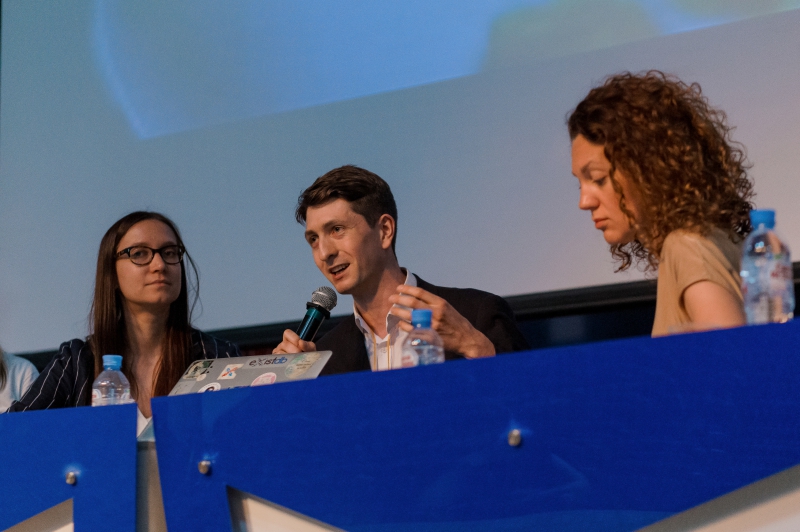
Daniil Skorinkin, head of the Digital Humanities program at the Higher School of Economics spoke about the three challenges associated with the advance of the new digital lifestyle where specialists in digital humanities will play an important role. The first challenge is the colonization of the digital frontier. Today, a new digital planet and a new digital dimension emerge, and while the relevant contemporary culture is widely represented there, human culture that is associated with the past and the cultural heritage is represented poorly. According to experts, only 1% of museum exhibits have been digitized. What’s more, their digitalization is conducted irregularly: while in St. Petersburg about 25-30% of museum collection have been digitized, in the Eastern Siberia the number of digitized exhibits is miniscule. In regard to the transition of human culture into the new digital dimension, we are currently at square one.
The difference in how various aspects of the global culture are represented in the digital world is harmful. Mobile devices consume all the more attention, and people fail to follow the cultural fields that have yet to make it into the digital world.
Another challenge is associated with false correlations. Digitalization offers new possibilities: for instance, it has become easier to do cultural analysis with the help of Big Data, as it offers a new perspective. Then again, humanities researchers often lack the skills for switching from numbers to interpretation. In social sciences, verifying data is easier, while in humanities, data analysis is often conducted for the purposes of developing a new theory, which is associated with various restrictions in what has to do with verification and falsification of data.
The third challenge has to do with algorithms. The colonization of the digital frontier results in the emergence of simulacra of cultural entities and simulacra of entities that can imitate creative and intellectual activities. Thanks to neural networks, algorithms progressed in what has to do with imitating cognitive and creative activities. They have become great means for generalization of large amounts of data. However, their performance is also associated with a semblance of systems’ intelligence. It can be meaningful (like what we see in language translation programs or voice assistants), but it can also be meaningless (like when robots, for instance, write poetry). Some of the systems that perform cognitive intellectual functions instead of humans (for example the algorithm that forms the feed in Facebook) change the information space around them, and humanities researchers have to bear that in mind.
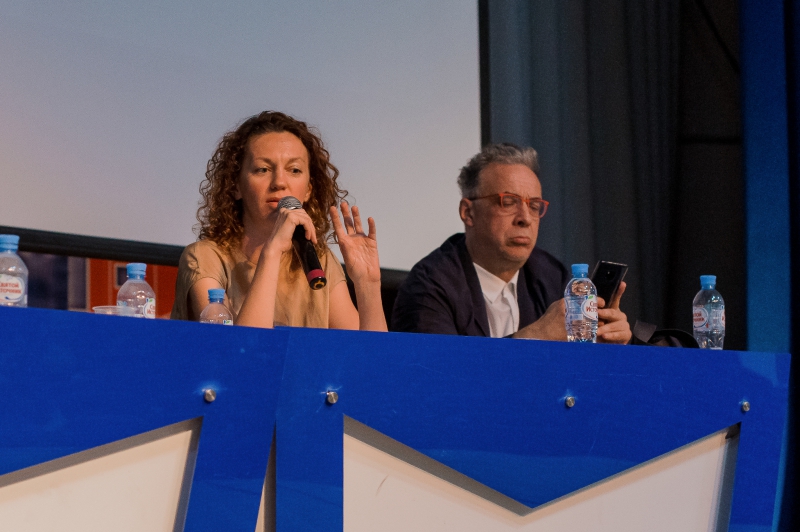
Natalia Fedorova (St. Petersburg State University), PhD in Philosophy, a media poet, a digital literature scholar and a mediapoetry lab curator, expanded on how the colonization of the digital planet changes the human perception of time. For humans, it’s natural to divide time into the past, the present, and the future. How can this change? We understand that existence within the context of algorithms for continuous monitoring has several effects. For one, data collected by applications is bought by companies and makes it possible to predict simple and complex movements and decisions of a person. In this case, we can speak about the “present predicted” that is observed and experienced by not a single subject but a multitude of them.
The “present predicted” puts a person in a future situation where they exist at the present moment. This is attained with the help of gamification mechanisms, the application of categories that work in games (videogames or games as a type of cultural activity), i.e. it is possible to control people’s actions by means of offering bonus points or the opportunity to pass to the next level. We are currently in the situation of a “preventive civilization”, where monitoring the algorithms of our behavior pushes us into a predictable future.
In this sense, the past is no longer seen as a category that is perceived by a subject. The past is something that is deemed as an important event on Facebook, an event marked out by a metaphysical algorithm.
Another category that changes us and makes us perceive ourselves differently is the partial copresence in the present, the so-called network condition (continuous presence in the information space). The concepts of what is natural and obvious change due to our continuous presence in the social networks.

Maria Korolkova, a culture expert from The University of Greenwich, the head of the “Media and Creative Cultures” Master’s program, spoke about the “digital in the postdigital”. In 1988, founder of MIT's Media Lab Nicholas Negroponte noted that the digital presence of a human will be as natural as their existence within the Earth’s atmosphere. In the conditions of today’s almost totally digital world, how can we define “digital” and where lies the line between digital and non-digital?
The key to becoming conscious of oneself within the context of the digital and non-digital worlds can be a mistake (a mistake of communication, algorithm and so on). This idea belongs to a renowned composer Kim Cascone. In the early 2000s, in an article dedicated to his experience of being a composer, he used the term “aesthetics of failure” and “postdigital” as a tendency in contemporary music. He wrote that today, one can compose music with not only notes but also noise that can also be used to create a tune. Such music makes use of the mistakes of technology and devices. The fact that the postdigital in the theory of culture starts with music and that noise has become an important category in today’s world is quite amusing.
Even before Kim Cascone, in 1968, mathematician Georg Nees also gave attention to mistakes in technologies and algorithms. While developing an algorithm for a printer system, he made a mistake that led to the development of cybernetic art.
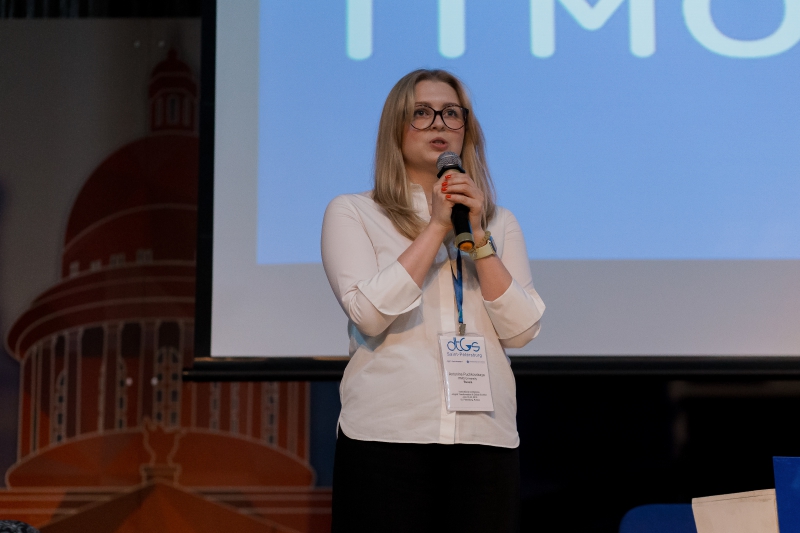
Antonina Puchkovskaya, PhD in Cultural Studies, an associate professor, the head of ITMO’s Digital Humanities Lab and head of ITMO’s “Data, Culture and Visualization” Master’s program spoke about the ToxiCity research on toxicity that she conducts in collaboration with ITMO’s PhD student Daniil Shirokov. According to the Oxford English Dictionary, “toxicity” is the main word of 2018. At the same time, it's hard to find the pretext for the formation of this term in the discourse of social and cultural sciences. Therefore, the researchers decided to learn why “toxicity” became the word of the year.
They decided to use data analysis to learn when toxicity transferred from one discourse to the other. For that purpose, the researchers collected data in the form of 80 thousand tweets from 2016, 2017, and 2018. In these tweets, the word “toxicity” is used as a hashtag or is present in the content. Now, the researchers’ task is to cluster the data based on keywords, conduct a semantic frequency analysis, and narrow down the discourses and concept areas where the word “toxicity” is used. They’ve already developed an algorithm that helps the scientists cluster the information, and are also analyzing it manually.
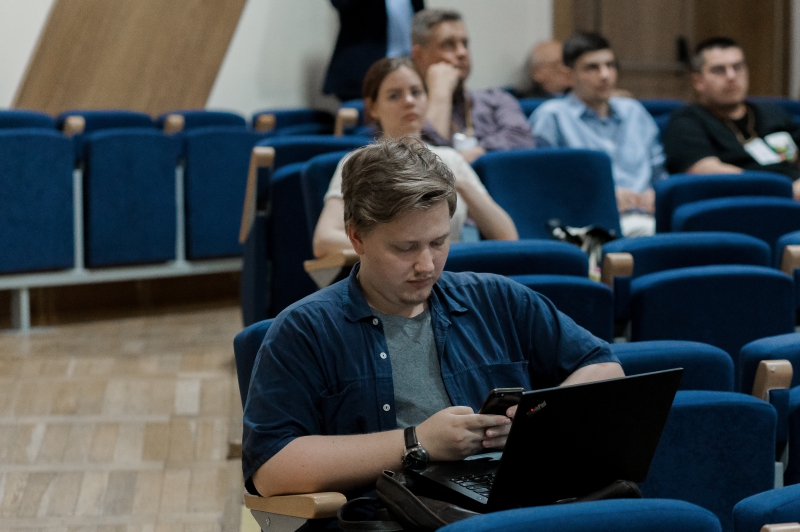
“What’s so interesting about toxicity is that you can measure the toxicity of water by comprehensible methods, but now you can also measure toxicity in the media. This means that toxicity has transferred into a different discourse, but the means of its assessment once again belong to the field of natural sciences, with a subsequent interpretation from the standpoint of philosophy and cultural studies. When working on the project, we asked ourselves: what if the media space is already toxic? And what should we do if it is: fight it or accept it?” concludes Antonina Puchkovskaya.



